How Nintendo Can Switch Things Up in Education
May 19, 2019

Nintendo is enjoying a massive revival, courtesy of the success of its latest console — the Nintendo Switch. On the back of this popularity, the company announced Nintendo Labo. Think Google Cardboard, but on steroids. Nintendo Labo is a line of different cardboard kits which allow you to use your existing Switch console for a variety of interactive experiences.
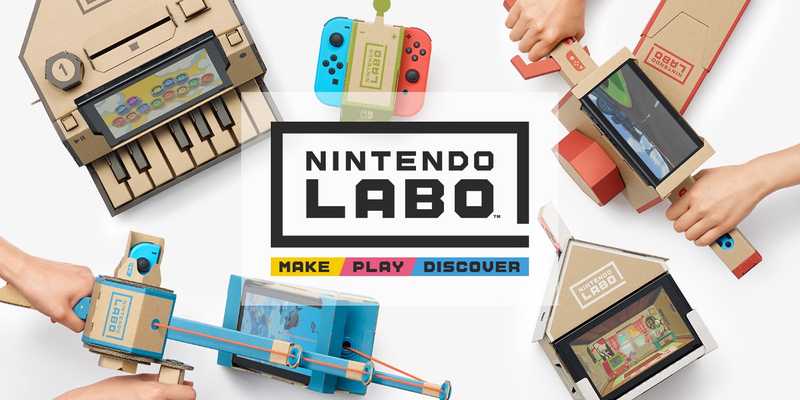
The simple DIY nature of the kit paired with the companion games was an instant hit. With a reported 1.39 million units sold in just the first three months of its launch last year, it is safe to say that it captured attention. To build upon this momentum, Nintendo recently followed up with the launch of a VR kit for the Labo. Overall, it shows that Nintendo is serious about this strategy and particularly this demographic, i.e. kids.
As a former kid and a recent adult, allow me to weigh in. Parents are always concerned about how much time their children are spending in front of screens, and Nintendo Labo offers a refreshing middle ground. While the console is at the centre of the experience, children are not mindlessly tapping away. These experiences are designed for physical interaction and movement.
Constructing the kits can take anywhere from 10 minutes to 3 hours as the projects in the kit have varying complexities. Based on watching and reading reviews of the Labo kit, I found that children found the build process to be really enjoyable. This is fantastic, since playing with tangible items allows their young cognitive systems to develop logical reasoning and an understanding of different abstract concepts.
As I kept learning more about Labo, I could not stop wondering about its possibilities in enhancing early learning. The fishing game, for example, is a fun and engaging way to learn about the different species in the ocean.
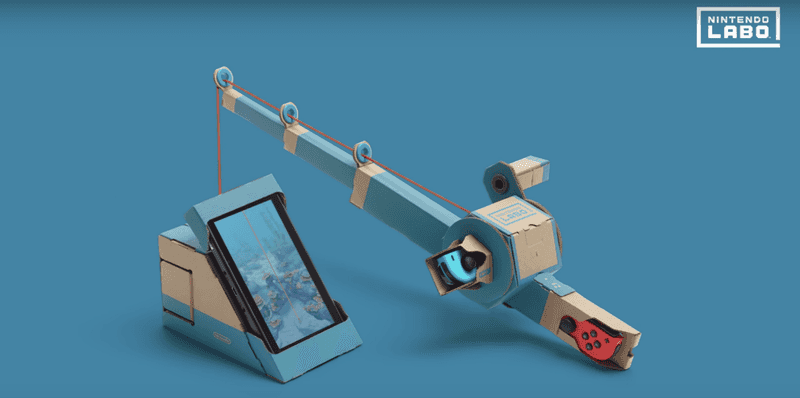
Nintendo has recognised this opportunity and they have started a pilot program in America to test out the integration of Nintendo Labo in curriculums. At the moment this is a selective programme, involving 100 schools. I am unsure about how they plan on scaling this program, but I have a few ideas that could help Nintendo enter the education space.
Let’s get educating
If Nintendo is serious about entering the education market, they should form an internal unit with full-time employees dedicated to this effort. Let’s call this Labo Educate.
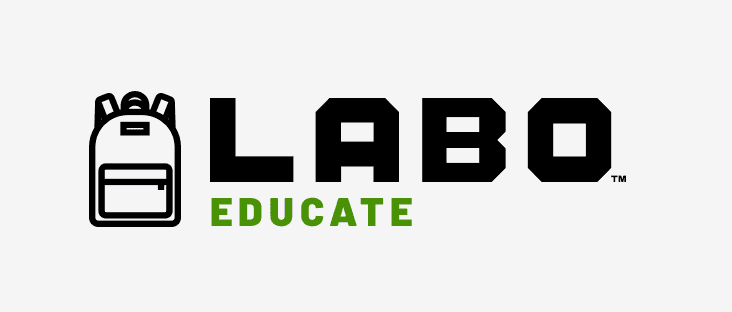
Now that we have a dedicated team, let’s tackle the market methodically. Here’s my proposed flow of undertaking entry into the education market:
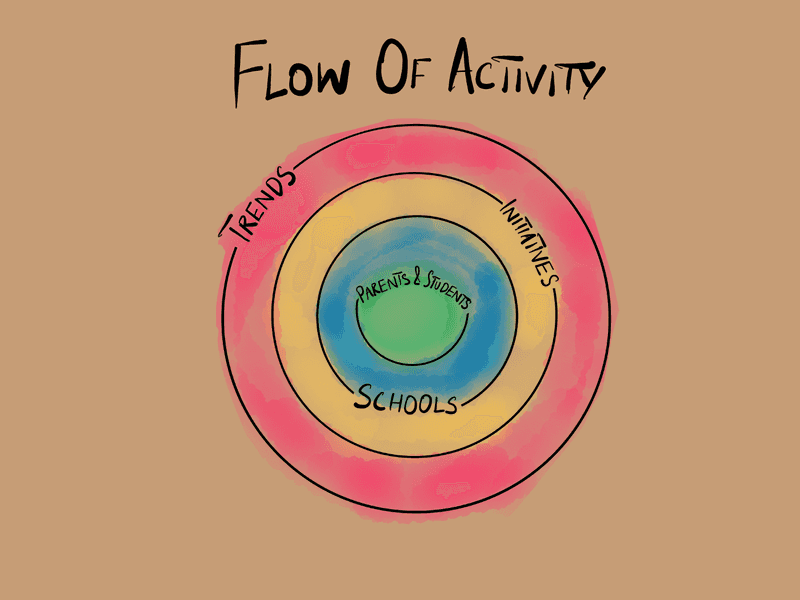
Fundamentally, there will be two distinct mindsets in this process since success in different stages relies on varying approaches.
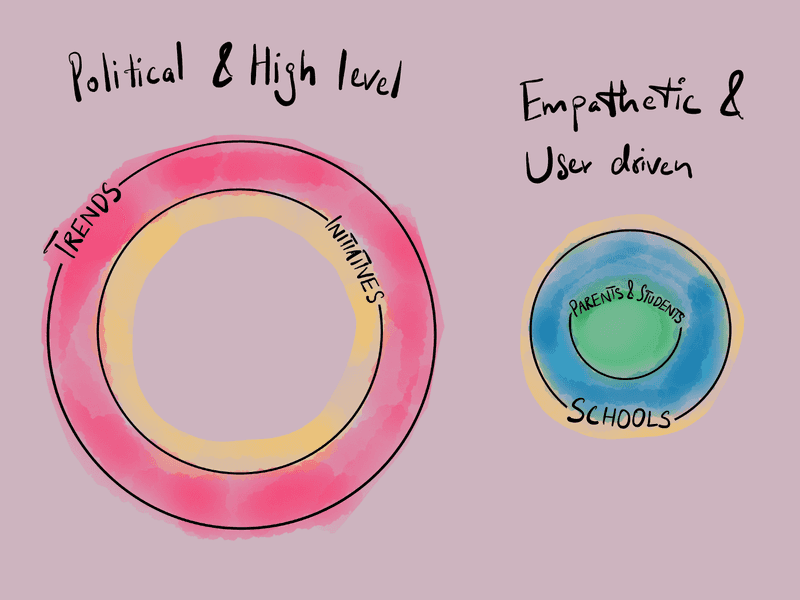
Trends
Outline the regions which are ripe for embracing education tech (EdTech), especially in primary schools since that’s where the target audience is. Few metrics to look for are:
- Money spent by schools on IT infrastructure
- Current penetration of technology in the curriculum
- Challenges that schools are facing in technology adoption (if any)
In the UK, for example:
School spending on ICT is set to rise for the first time in three years.
Primary schools are projected to expand spending […] by around £7m.
Only 60% of primary schools consider that they are sufficiently equipped with ICT infrastructure and devices. Primary schools are therefore planning to dedicate the additional spending to networking and peripherals items, in addition to allocating about a third of their budget to devices for pupils and teachers.
Source: BESA
Obviously, this data only scratches the surface and is not a complete indicator of an attractive market. The point here is that observing trends like these can be crucial for detecting emerging opportunities.
Initiatives
After getting the green signal from the trends, collaborating with institutional initiatives— government or otherwise can be an effective way to cement a long term partnership and benefit from local support.
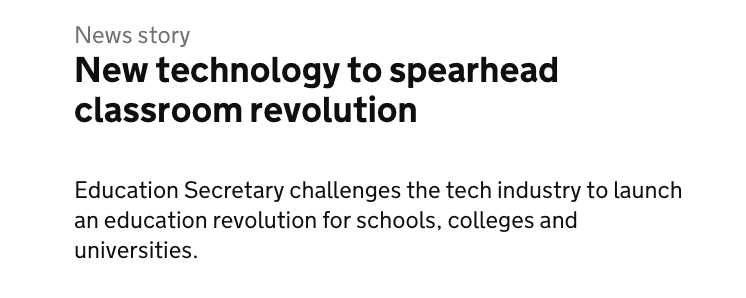

Schools
While Nintendo Labo in classrooms might sound great conceptually, there needs to be a robust system underpinning it to support mainstream adoption. For teachers, this means having an easy to use infrastructure which allows them to manage curriculum, access training and be equipped with the ability to troubleshoot when things (inevitably) go wrong.
The teacher guide for Labo in classrooms looks like this at the moment:


While I understand that the Japanese culture embraces minimalism…this ain’t gonna cut it. Teachers need to be excited to teach this! Many might not even be familiar with the console or have the technical know-how to use it effectively and control the lesson plan.
There needs to be an in-depth approach to teachers and the infrastructure that will power the Labo experience in classrooms. To achieve this, I propose the Labo Educate Hub. A one-stop shop for everything required by teachers to successfully run a Labo class.
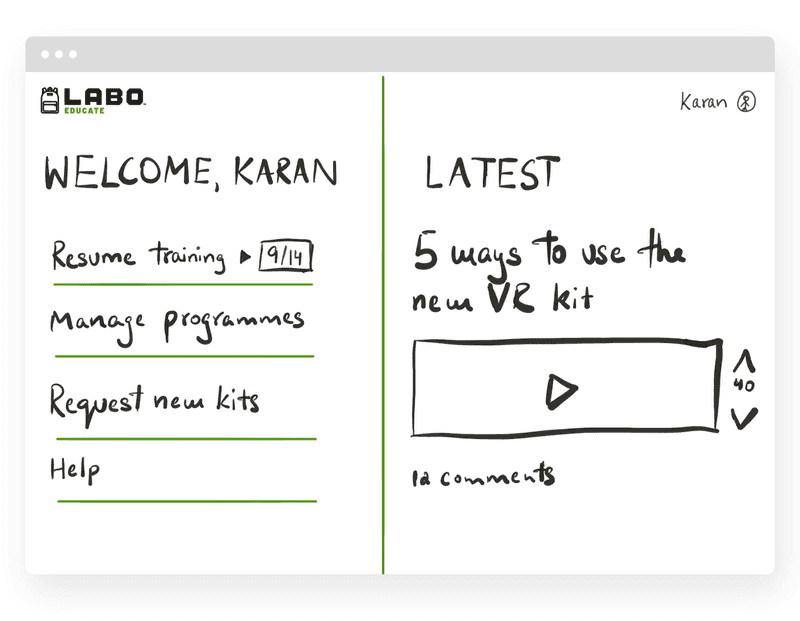
On this platform, teachers and school admins should be able to perform tasks like:
- Complete online training to understand the console and the kits
- Manage consoles and active lessons
- Request kit replacements or order additional units
- Access help pages and contact support
- Optionally, a ‘Latest’ section dedicated to informing about updates and tips and tricks.
Overall, Nintendo needs to make it frictionless for schools to adopt this.
Parents and students
The final piece of the puzzle, building a community with the students and their parents. Labo offers an app called Toy-Con Garage, which lets you write your own custom flows based on your existing kit. This means that kids can program certain outcomes to happen when they perform specific actions.
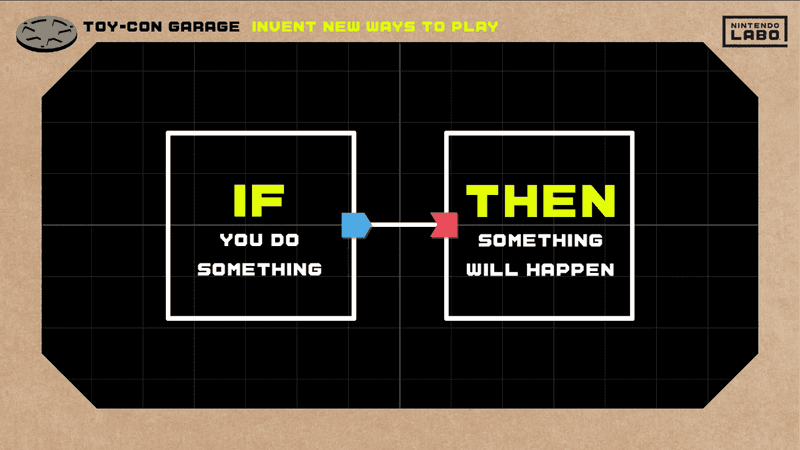
It could be immensely powerful to build a community around these creations by providing a place for people to share them. It brings a whole new social aspect to the Labo experience where parents and their children can explore popular projects that others have built and venture to make their own.
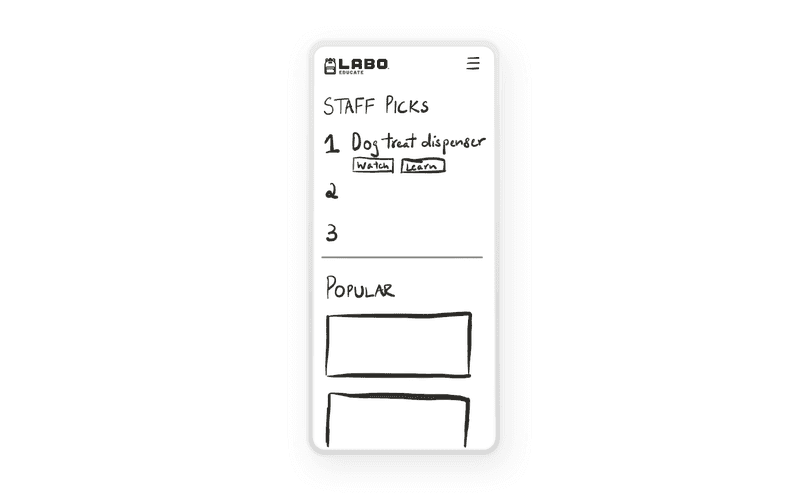
The Ecosystem
With the Labo Educate Hub and the Labo Educate Community, Nintendo would be well on its way towards creating an integrated strategy to address the education space. However, there is one limitation — Nintendo’s ability to churn out new and exciting kits constantly. At the moment all kits are built by Nintendo, and there are no third party licenses. The games and experiences lose their novelty very quickly, and if Nintendo intends to scale their education strategy, they need a sustainable solution to this.
I can understand why the kits aren’t open to third parties yet. A large part of the experience stems from the seamless symphony of the cardboard parts working together, the quality of which might not be controllable if it’s opened up. A possible starting point for this would be for the Nintendo Labo team to engage in selective collaborations. This could involve hardware and software partnerships with toy companies, game studios and others.
Software, by nature, is easier to regulate and manage; therefore, Nintendo could start by incentivising its developers to build games/apps that take advantage of existing Labo kits. Developers could then include labels to indicate whether their app supports an existing kit or absolutely requires it.
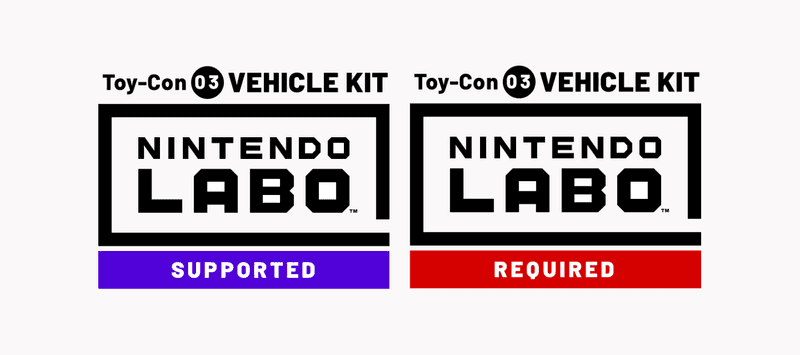
Sure, it may affect how they pursue revenue and might even mean that they have to leave some money on the table in the beginning, but creating an eco-system should be more promising in the long run.
Overall, this is not a prescription, but a few different avenues for Nintendo to consider. Nintendo Labo shows immense potential to bring value to the learning space, and this post is a brainstorm of what they could be. I wanted to venture out of my comfort zone and apply my knowledge to a sector and demographic I usually don’t think very much about.
What do you think of this strategy? Are there any aspects that I may have overlooked? I’m curious to hear your thoughts, please feel free to drop a comment below!
Karan